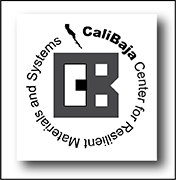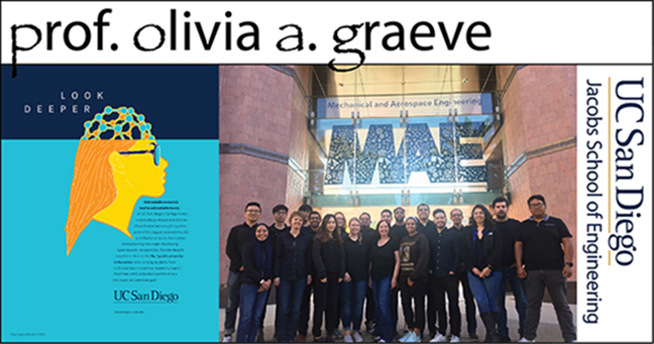


-
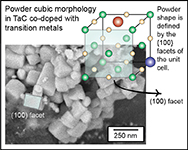 Powder Shape Control
Powder Shape Control
The control of powder morphology in metals and ceramics is of critical importance in applications such as catalysis and chemical sensing whereby specific crystal facets better facilitate chemical reactions. In response to this challenge, we present a combined experimental and computational approach that examines the principles behind dopant-induced crystallographic faceting in nanoparticles. We base our study on nanoparticles of tantalum carbide doped with nickel, iron, cobalt, niobium, and titanium and observe a very significant transition from round/irregular particle shapes to cubes and cuboctahedrons upon the addition of transition metal dopants.
-
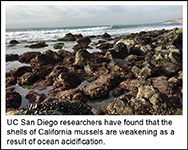 Shell Mineralogy
Shell Mineralogy
Anthropogenic warming and ocean acidification are predicted to negatively affect marine calcifiers. While negative effects of these stressors on physiology and shell calcification have been documented in many species, their effects on shell mineralogical
composition remains poorly known, especially over longer time
periods. Here, we quantify changes in the shell mineralogy of a foundation species, Mytilus californianus, under 60 years of ocean warming and acidification. Using historical data as a baseline and a resampling of present-day populations, we document a substantial increase in shell calcite and decrease in aragonite. These results indicate that ocean pH and saturation state, not temperature or salinity, play a strong role in mediating the shell mineralogy of this species and reveal long-term changes in this trait under ocean acidification. -
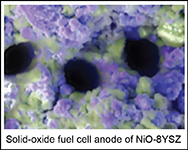 Porosity Control
Porosity Control
We describe the manufacturing of a solid-oxide fuel cell anode of NiO8 mol.% Y2O3-stabilized ZrO2 with micro-scale continuous linear pores (CLPs) and nano-scale interparticle pore structures, achieved through thermal decomposition of unidirectional amorphous carbon fibers. The CLP structure prepared by this sacrificial templating method is characterized by its controllable uniform size, a tortuosity (i.e., uniformity) of 1.003, and a coefficient of variation of 0.59. These highly regular CLPs are expected to minimize Knudsen diffusion, resulting in enhanced mass transport of hydrogen gas at the active sites, known as triple-phase boundary sites.

